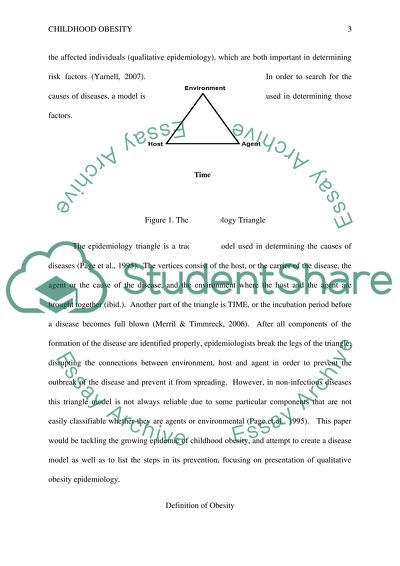Cite this document
(“Epidemiology of Childhood Obesity Research Paper”, n.d.)
Retrieved from https://studentshare.org/nursing/1445852-epidemiology-of-childhood-obesity
Retrieved from https://studentshare.org/nursing/1445852-epidemiology-of-childhood-obesity
(Epidemiology of Childhood Obesity Research Paper)
https://studentshare.org/nursing/1445852-epidemiology-of-childhood-obesity.
https://studentshare.org/nursing/1445852-epidemiology-of-childhood-obesity.
“Epidemiology of Childhood Obesity Research Paper”, n.d. https://studentshare.org/nursing/1445852-epidemiology-of-childhood-obesity.


